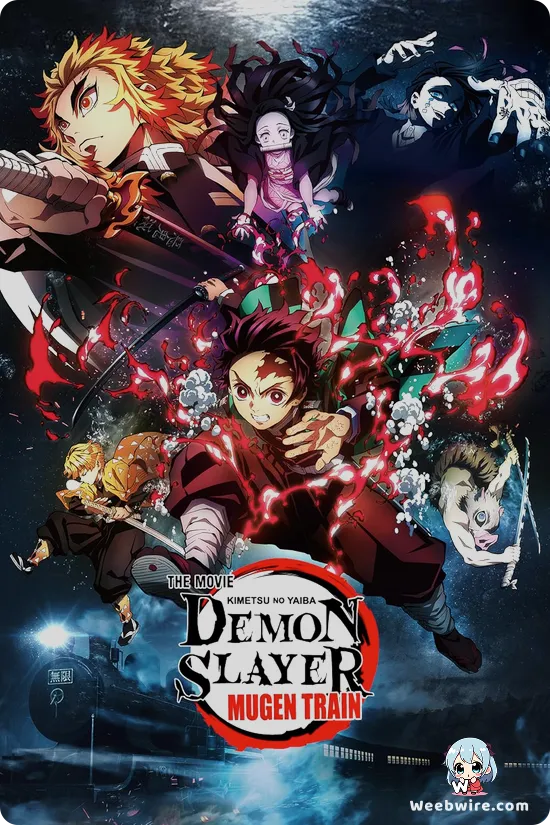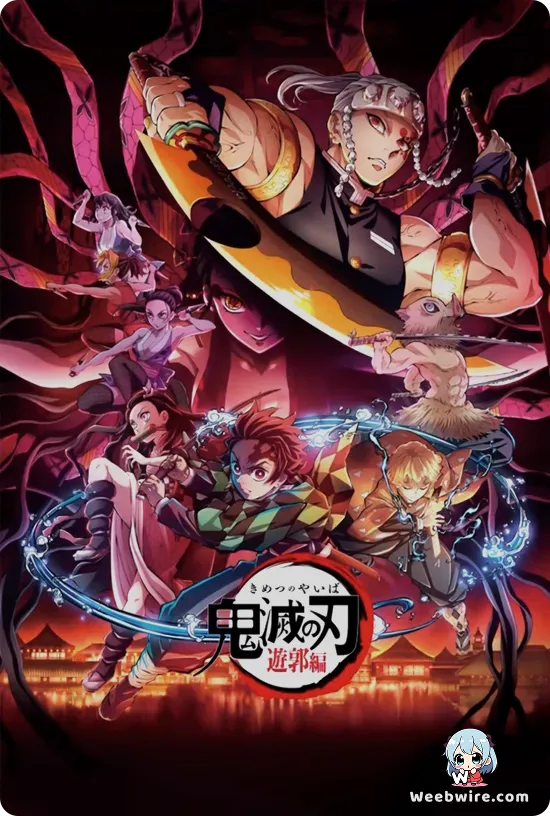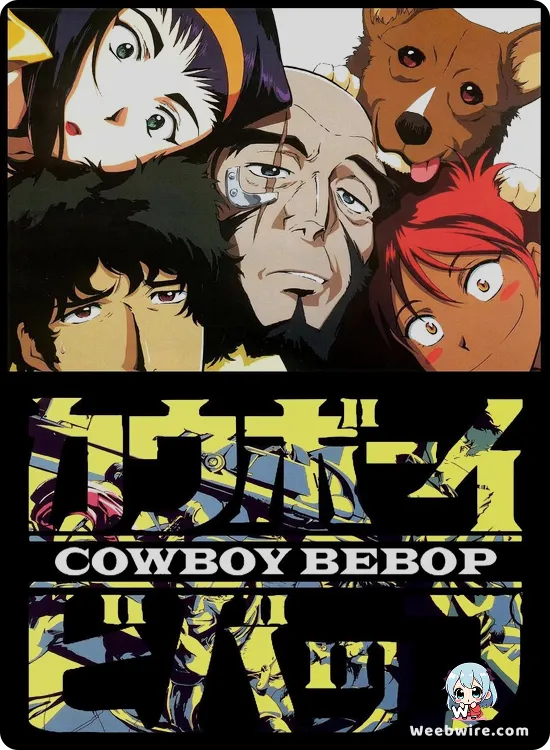Beyond the Big Top: 'Karakuri Circus' Delivers a Masterclass in Multi-Generational Storytelling
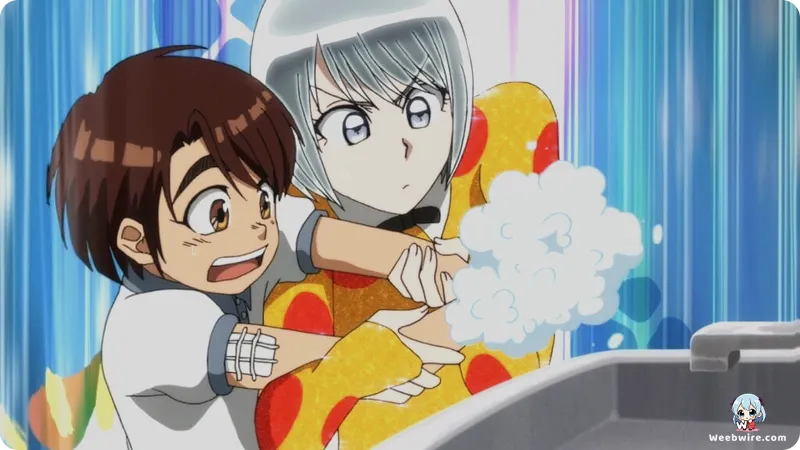
At first glance, Karakuri Circus may appear to be a conventional shonen adventure, yet this sprawling narrative of automatons, destiny, and the unyielding human spirit conceals a profound depth. Penned by the acclaimed Kazuhiro Fujita, renowned for his distinctive artistic flair and dramatic storytelling, the original manga captivated audiences across an astounding 43 tankōbon volumes. Its anime adaptation, undertaken by Studio VOLN and spanning 36 episodes, faced the monumental task of distilling decades of intricate plot into a compelling visual experience, sparking lively discussion among its dedicated fanbase.
The brilliance of Karakuri Circus lies in its expansive scope and the meticulously crafted details of its central conflict. The saga commences with Masaru Saiga, a young heir suddenly thrust into peril by those coveting his vast inheritance. His unlikely guardians emerge: Narumi Katou, a formidable martial artist afflicted with Zonapha Syndrome, a peculiar malady prompting uncontrollable laughter until death, curable solely by dismantling automatons; and Shirogane, an enigmatic silver-haired woman who commands the potent puppet Arlequin. This seemingly straightforward premise swiftly blossoms into a multi-generational epic, traversing centuries to intertwine the destinies of alchemists, master puppeteers, and their mechanical creations. The narrative meticulously explores the origins of the automatons, the heartbreaking romance that ignited their genesis, and the relentless quest for an elixir of life offering immortality at a steep price.
Studio VOLN faithfully rendered Kazuhiro Fujita’s iconic artistic style, characterized by its dynamic action sequences, expressive character designs, and often grotesquely captivating automatons. Devotees of Fujita’s prior success, Ushio and Tora, will instantly recognize his signature fusion of horror, humor, and profound drama. Both series share a thematic core of improbable heroes confronting supernatural threats, forging unbreakable bonds, and grappling with their predetermined fates. However, Karakuri Circus transcends these boundaries, delving deeper into themes of identity, memory, and the true essence of humanity through its diverse ensemble, many of whom are immortal, automatons, or inextricably linked to these mechanical entities.
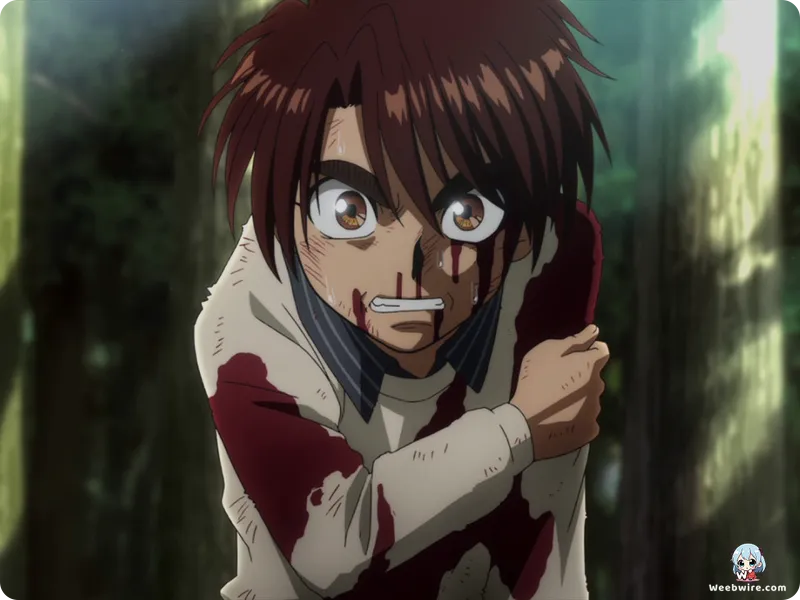
A noteworthy aspect for viewers is the sheer narrative density of the original manga. Condensing 43 volumes into 36 episodes necessitated a rapid narrative pace, leading to some compression of subplots. While Studio VOLN exerted considerable effort to preserve the core emotional beats and essential plot developments, certain intricate character arcs and nuanced world-building elements cherished by manga readers were inevitably streamlined. This creative decision ignited passionate debate within the fanbase, with some commending the anime’s concise, action-packed delivery, while others felt it sacrificed too much of the manga’s detailed introspection. Nevertheless, the anime stands as a powerful and visually stunning adaptation that honorably captures the spirit of Fujita’s original vision.
The automatons are not mere props; they are integral to the story’s mythology and emotional heart. Each “Karakuri” possesses unique abilities and distinct personalities, often reflecting the twisted genius of their creators. The concepts of “soft stone” and “Aqua Vitae” the elixir of life form the scientific and magical bedrock of this world, elucidating the automatons’ sentience and the immortality of specific characters. The intricate designs and varied functionalities of these puppets, from the graceful Arlequin to the terrifying Faceless, underscore Fujita’s boundless imagination and Studio VOLN’s animation prowess in bringing these mechanical marvels to fluid, often chilling, life.
Beyond the automatons, the human element reigns supreme. Masaru’s journey, transforming from a timid, traumatized boy into a courageous leader, forms a cornerstone of the series. Narumi’s unwavering battle against Zonapha Syndrome and his evolution into a formidable warrior fighting for children’s smiles adds a layer of poignant heroism. Shirogane, whose true identity and connection to the automatons’ origins are gradually unveiled, emerges as perhaps the most enigmatic and emotionally complex character, bearing the weight of centuries of sorrow and immense responsibility. Their interwoven destinies and the sacrifices they make for each other and humanity constitute the narrative’s emotional core.
The series also boasts a memorable soundtrack, perfectly complementing its dramatic climaxes and poignant lows. The opening and ending themes, in particular, are frequently lauded by fans as standout compositions that flawlessly encapsulate the anime’s adventurous spirit and emotional depth. The music plays a crucial role in building suspense during intense battles and amplifying moments of profound character development, further immersing the viewer in Fujita’s fantastical realm.
For newcomers to the manga, the anime offers a thrilling, albeit condensed, gateway into a truly unique narrative. It is a series that boldly confronts grand themes of love, hatred, revenge, and redemption across vast spans of time and multiple generations. Studio VOLN’s commitment to animating such a dense and cherished series, following their success with Ushio and Tora, highlights their dedication to bringing Kazuhiro Fujita’s distinctive vision to a broader audience. Karakuri Circus transcends mere adventure; it is a testament to the enduring power of storytelling, where mechanical beings grapple with human emotions, and ordinary individuals rise to extraordinary challenges. It is a wild, emotionally charged ride that, despite its pacing compromises, delivers a powerful and unforgettable experience, solidifying its place as a cult classic for many anime enthusiasts.
Credits
Karakuri Circus
Author
Kazuhiro Fujita
Cover Art
Kazuhiro Fujita
Studio
Studio VOLN
Publisher
Shogakukan
Producers



